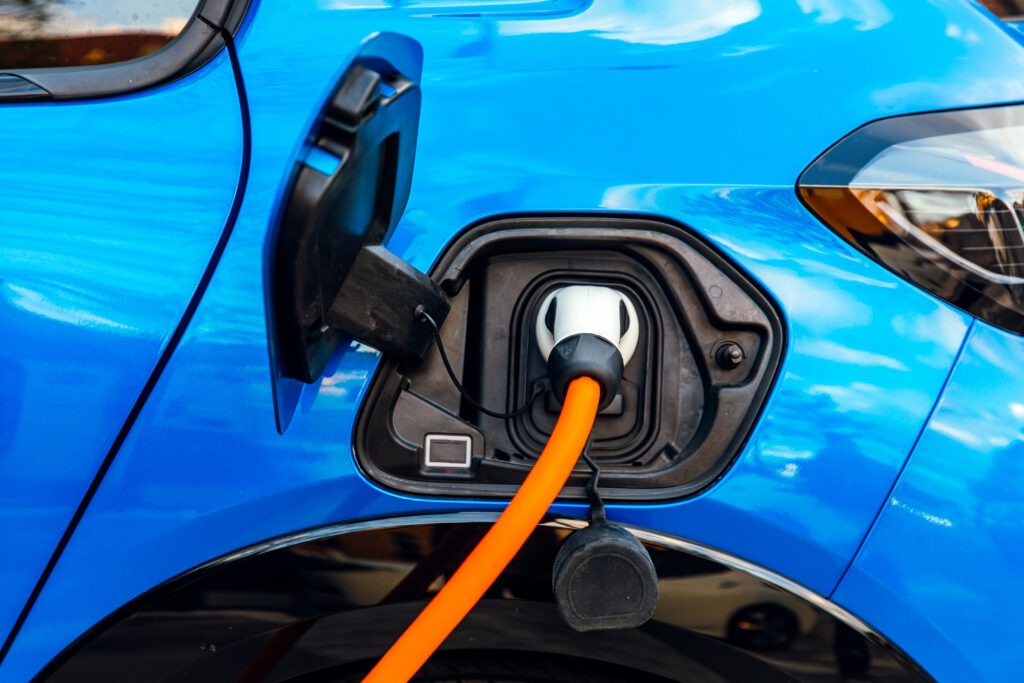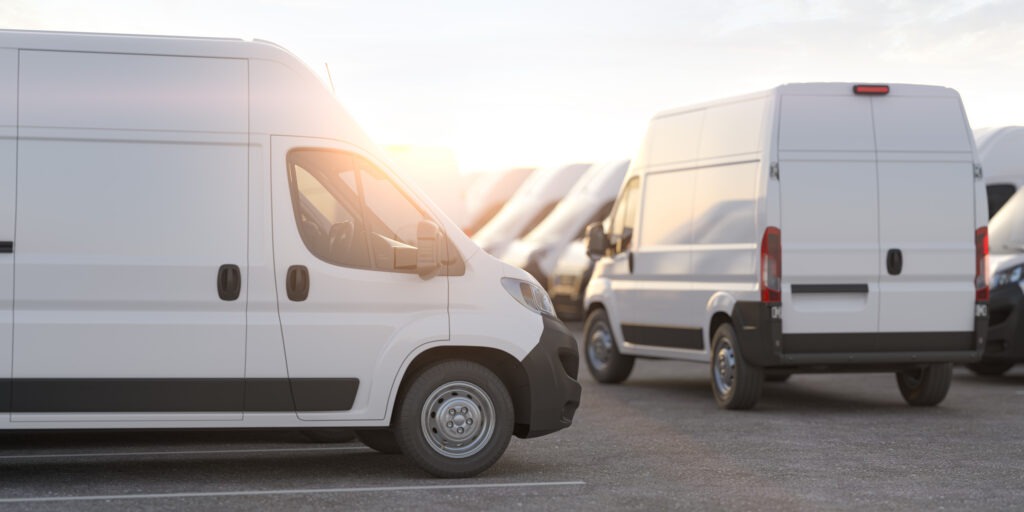Strong start to 2025 for Spain as new-car market grows in January
12 February 2025

While other European markets struggled in January, Spain saw registrations increase, as the country started 2025 strongly. Autovista24 special content editor Phil Curry examines the numbers.
Spain’s new-car market started the year with a 5.3% improvement in registrations. The result makes it the only one of the big five European markets to see growth in January.
A total of 72,322 new passenger cars took to Spain’s roads in the month, according to industry body ANFAC. This was up by 3,637 units compared to January 2024. Electrified vehicles aided this growth, including mild (MHEV), full (HEV) and plug-in hybrids (PHEVs), as well as battery-electric vehicles (BEVs).
This was the fifth consecutive month of delivery increases, following a downturn in August 2024. During that time, France, Germany, Italy and the UK saw mixed registration results, and each started the year with losses.
For Spain, the result comes on the back of a successful 2024. The country broke the one million registrations barrier, a figure that had not been reached since the COVID-19 pandemic in 2020.
However, some external factors have encouraged this growth. The replacement of destroyed vehicles in the Valencia region following Storm Dana was one market motivator.
Pollution reduction
New EU-wide emissions regulations came into effect at the start of the year. In turn, registrations of BEVs have increased across all of the bloc’s markets. Despite previous struggles, January was a successful month for the technology in Spain.
The average CO2 emissions of passenger cars sold in January dropped. This resulted from the registration of more electrified models, combined with a decline in fossil-fuel-powered vehicles.
In Spain, the average was just 112.2 grams of CO2 per kilometre. This was 3.5% lower than the emission of new passenger cars sold in January 2024. This decline highlights the potential path of carmakers in 2025. Emissions will need to be reduced as much as possible.
Manufacturers will likely push new electrified models across the EU, while reducing the number of petrol and diesel models offered. This will help to replicate the results seen in Spain across all markets.
The country also saw registrations by private buyers grow by 12.3%, while company deliveries improved by 2.1%. However, the rental market saw a decline of 15.4%, as businesses slowed their purchases after strong activity in December 2024.
Challenges ahead for Spain
BEVs saw registration growth of 48.5% in January, with 5,012 units delivered to customers, according to Autovista24 calculations. This gave the powertrain a 6.9% share of the total market in the month, up by two percentage points (pp).
While the figures are not high, Spain has struggled to entice drivers into all-electric models. This means January’s growth is a strong result for the market at the start of the year. However, recent government decisions mean any optimism that the country is turning a corner with BEVs could be short-lived.
In January, the Spanish Government voted to overturn a Royal Decree. Made in December 2024, the decree looked to extend the MOVES III incentive scheme to June 2025.
Buyers could have got €4,500 towards the purchase of a new BEV, or PHEV with an electric range of 90km or more. This would have increased to €7,000 if a car older than seven years was scrapped.
Yet, with the decree overturned, the scheme has ended. Buyers may be discouraged from purchasing a BEV unless a new plan is put in place.
Industry reacts
‘We have closed January with two pieces of mixed news. The lowering of rates by the European Central Bank (ECB), which makes financing for new vehicles cheaper, is a positive step,’ said Félix García, ANFAC's director of communications and marketing.
‘However, the repeal of the royal decree that included the MOVES III plan by Congress of Deputies is bad news. At ANFAC, we are working with the government to try to get help again as soon as possible to avoid a situation that generates uncertainty for the buyer,’ he added.
‘Part of these registrations have been electric vehicles (EVs), which are growing very strongly,’ said Raúl Morales, communications director of dealership representatives FACONAUTO. ‘This is also because the sector is pushing the registration of these vehicles as it must comply with the emissions targets that the European Union is imposing.’
‘The decline of MOVES III has not yet been noticed. But there is a slowdown in orders for EVs that will be reflected in the statistics in the coming days and, of course, these statistics are going to be very negative,’ he said.
Hybrid registrations build
Hybrid registrations, made up of HEVs and MHEVs, led Spain’s market once again in January. According to Autovista24 calculations, a total of 32,668 units were delivered, up 23.5% year on year. This meant 6,217 more units took to the country’s roads in the first month of the year.
The result meant hybrids took 45.2% of the market, up from a 38.5% hold in the same month of 2024.
PHEVs also saw strong growth in Spain, with registrations up 14.5%. This equated to 5,243 units, an increase of 665 passenger cars. The result gave the technology a 7.3% market share, up by 0.6pp year on year.
PHEVs remained more popular than BEVs, with a gap of 231 deliveries. This was despite the latter’s higher registrations growth. The all-electric technology has been the dominant EV type in four of Europe’s big five markets. However, Spain has seen this leadership change hands several times across the last 12 months. Based on January’s results, this situation is likely to continue in 2025.
Combined, BEV and PHEV registrations improved by 28.9% in January with 10,255 registrations, growing by 2,302 units. With hybrid figures added in, electrified vehicles saw a 24.8% increase, reaching 42,923 deliveries and accounting for 59.4% of the market. This share of the overall registrations total is up from the 50.1% recorded at the beginning of 2024.
ICE cold in Spain
Spain’s petrol and diesel market did not add to the Spanish new-car market’s strong start to the year. Both fuel types recorded declines, as buyers shifted away from traditional internal combustion engine (ICE) options.
Petrol saw registrations fall 11%, according to Autovista24 calculations. A total of 21,321 units were delivered to customers, a drop of 2,645 units. This result meant petrol took a market share of 29.5%, a drop of 5.4pp.
This means the gap between petrol and hybrid powertrains in the Spanish market widened. In January 2024 the difference in market share was 3.6pp in hybrid’s favour, at the start of this year, it was 15.7pp. It is unlikely that petrol will ever recover the dominance it once enjoyed.
Meanwhile, diesel registrations plummeted 34.1%, with 4,976 deliveries. This was a drop of 2,577 units. The result left diesel with the same market share as BEVs, 6.9%. However, this was a drop of 4.1pp for diesel compared to January 2024.
Therefore, ICE registrations fell 16.6% in the month, with 26,296 registrations. Petrol and diesel models captured 36.4% of the market, dropping from a 45.9% share recorded in the same period last year. The Spanish new-car market looks to have shifted into electrification mode.




